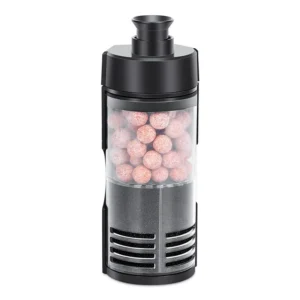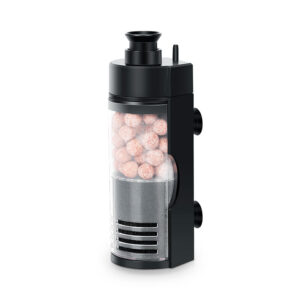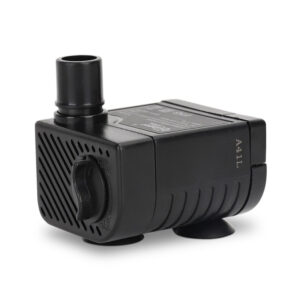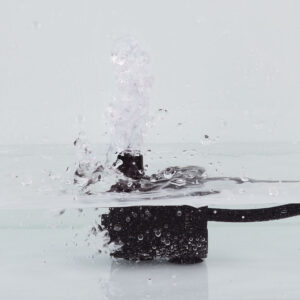How to Set up A Paludarium
The tropical fish hobbyist can have many aquarium choices and the Paludarium tank is one of them. The name “paludarium” comes from the Latin “palus”, which means “swamp”. Essentially, it is a plant aquarium as well as half-full decorations and plants growing out of the water’s surface. Are you curious about it? Today, let’s learn how to set up a Paludarium tank.
Content Table
Why is there only half water in the Paludarium tank?
The answer is that the Paludarium can provide a perfect habitat for amphibians (such as crabs, frogs, and salamanders), while the water can be used for small marsh fish such as medaka and betta as their home. More importantly, many aquatic plants are semiaquatic plants, with their roots in the water, but their leaves sticking out of the water. In this way, they can take advantage of abundant sunlight and carbon dioxide, while also obtaining a permanent source of water and nutrients.
A paludarium can be made from any container that can hold water. Use aquarium lights to promote plant growth, use driftwood and rocks to create a land space, and combine aquatic plants and land plants to create an amazing miniature nature landscape. The clever use of a built-in small water pump can create waterfalls, and enhance the visual effects of the paludarium while providing additional humidity for land plants, and ample space for the growth of wet-loving species such as mosses and ferns.
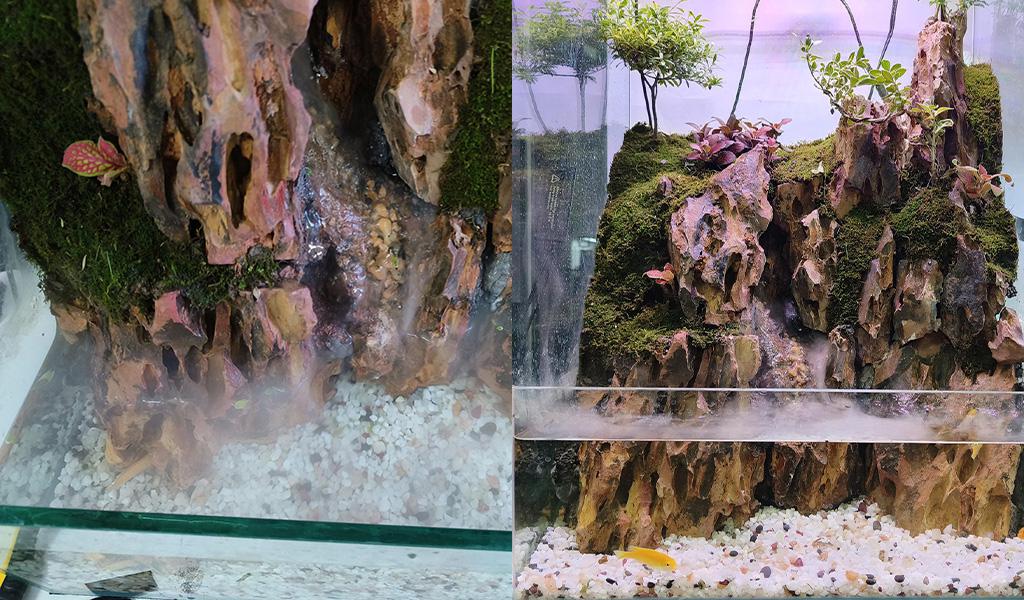
How to set up a Paludarium tank?
1. Choose the right aquarium
There are many kinds of tanks, including nano, tall, and wide Paludarium tanks. No matter what the tank shape is, it shall provide a viewing area of just the right size above the water surface and sufficient depth to keep the fish underwater. The nano Paludarium tank is friendly for beginners. Besides, if you want to add terrestrial plants, a tall Paludarium tank is not bad.
2. Put the gravel on the bottom
Any gravel can be used. Pave the gravel to a thickness of 5 cm, and if you want the underwater plants to grow well, you also need to lay a layer of base fertilizer, like aquarium soil. The soil makes sense for plant growth since it can be a nutrition source.
3. Start stacking rocks and wood
Place a pile of rocks in a corner. To make it this way, put the big rocks on the bottom and the small ones on the top, and arrange them so that they are inclined from the front to the back. You can use rocks or stones to build a slope. Or create a tree with the help of wood.
4. Small aquatic plants and floating plants
To create a swamping effect, you can plant small aquatic plants and floating plants. Some aquatic plants are submerged in the water, Amazon sword, mosses, and java fern for example. As for floating plants, they may grow fast and require daily maintenance. Duckweed, hornwort, and water lettuce are great choices. However, duckweed is potentially invasive. If you choose to build a paludarium, you should know the best way to control duckweek in the tank.
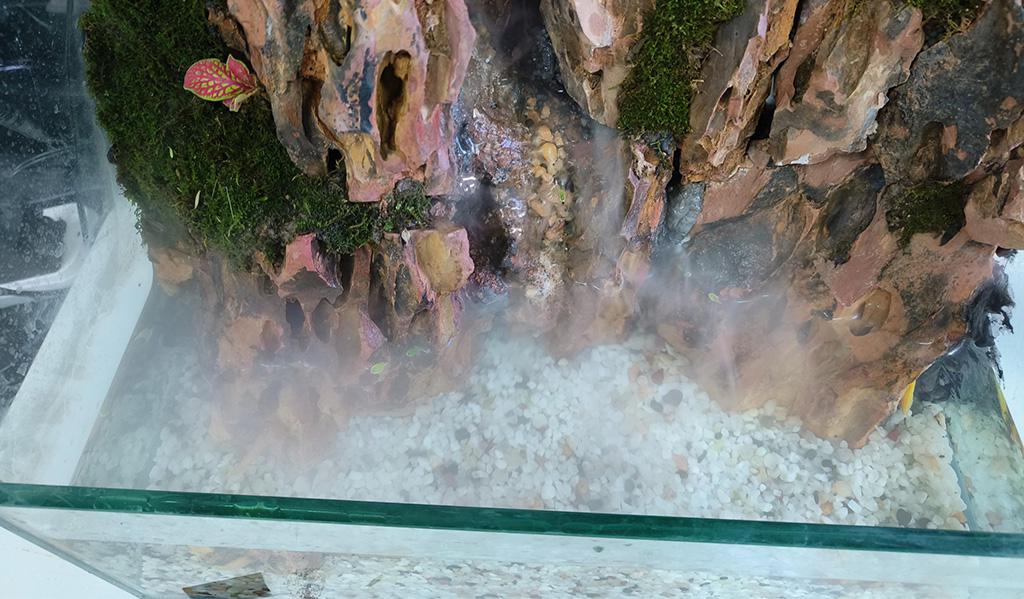
5. Large terrestrial plants
On the contrary, placing large terrestrial plants between rocks and wood can create a landscape overhanging plants on the top. After watering, you should ensure that the water is drained out completely. For this case, mosses and small ferns are excellent options, java moss, tree moss, and star moss for instance.
6. Dechlorinated water
To ensure the safety of fish, plants, and amphibians, water needs to be dechlorinated. In most cases, tap water is sufficient, unless you want to keep fish that require soft water. You should be cautious about the best water for aquariums. Or it would be fatal for creatures and plants in the tank.
7. Fill the aquarium with some water
Usually, adding half of the water is enough. This will leave enough space in the water to grow plants, but the key is to cover the filter and mist maker and leave enough space for some small tropical fish. By the way, it is best to test the water with the aquarium test kit before adding the water to the tank.
8. Install an aquarium filter
Generally, the Paludarium tank is only filled with half water. It means that the water may get polluted quickly. Thus, installing an aquarium filter is necessary. A small canister filter is a perfect option. And an aquarium filter will help to remove the excess substance or debris, and then keep great water quality.
9. Add nitrifying bacteria
Next, Add nitrifying bacteria to start the process of cycling. Add ammonia water and check the water quality every day until the ammonia and nitrite reach the peak value and then return to zero. The nitrifying cycle is critically crucial. It makes the tank suitable for plants, fish, and other creatures to survive.
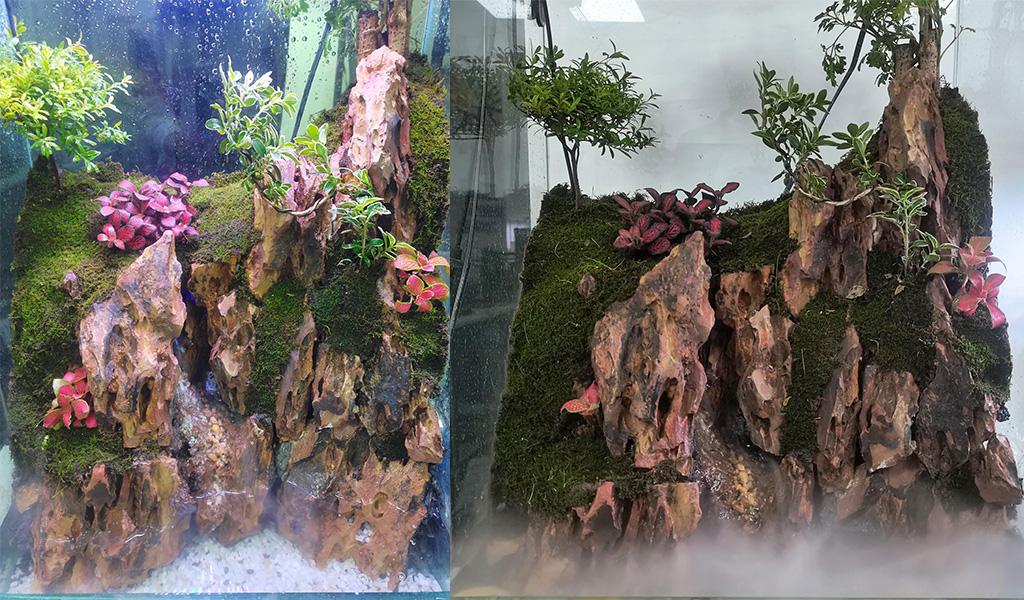
In summary, you should decide on the tank size, shape, and layout before you start to set up a Paludarium tank. Then, prepare a tank, dechlorinated water, the plants, rocks, wood, some tools, and other decorations in advance. Next, you can get started. Firstly, put gravel on the bottom, and then build the land or something with rocks, sand, wood, or stones. One tip here, it is recommended to build the land before adding water to the tank. After that, you can place your plants in the tank. If finished, it is time to add water. If you plan to introduce fish to the tank, you’d better wait 3 or 5 days.
The Beauty of the Paludarium Tank
Paludarium tanks can be of any size, from very small to very large, and can also be made into exquisite types. Since Paludarium can provide for both land and water habitats, they are suitable for a variety of fish, plants, and amphibians. The terrestrial plants add to the beauty of the Paludarium. That is all for today. If you are interested in the Paludarium tank, why not try to set up one? Any fantastic ideas, welcome to share them in the comment. Finally, thanks for your reading!

